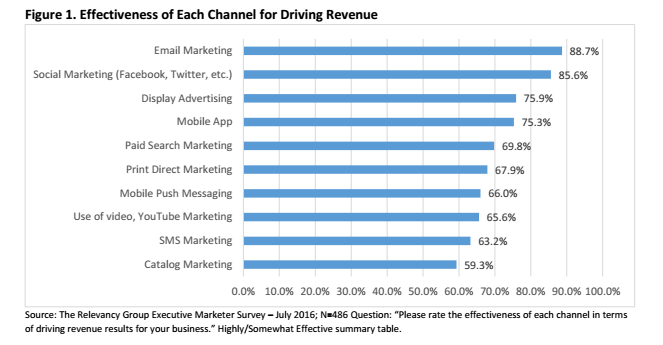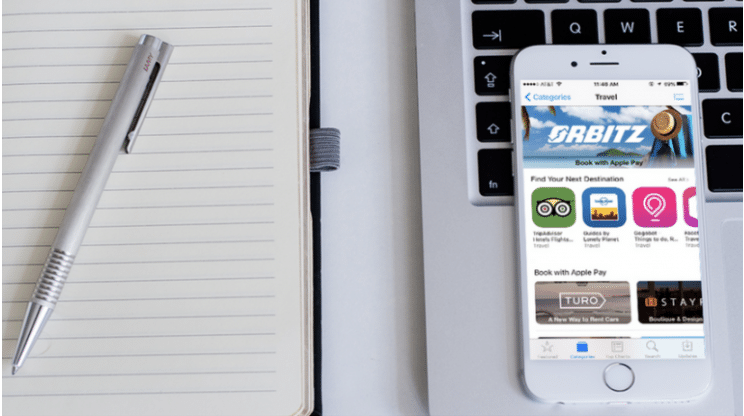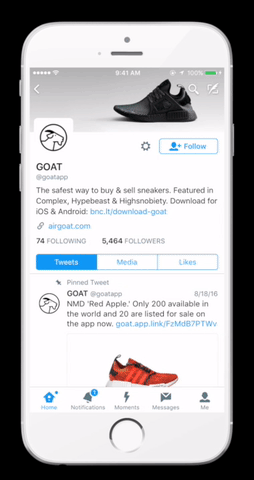Acquiring a mobile app install is one of the most daunting tasks that modern marketers face in the digital age. Nearly all consumers now possess a smartphone, with a limited amount of space for apps on every single device. There are over 2 million apps in the various app stores, and 89 percent of mobile media time is spent inside of a mobile app, yet the average consumer only uses 27 apps per month. How do marketers make their app stand out from the crowd?
As the mobile ecosystem has evolved, mobile apps have grown into one of the highest spending markets for advertisers and businesses, even surpassing established marketing verticals like direct mail and paid search. In fact, in a recent study by The Relevancy Group and Branch, enterprise marketers reported that their mobile app drove revenue only behind email, social, and paid display advertising; so why not combine them to have a cohesive marketing strategy?

1. Driving App Installs from the Mobile Web
Your website likely attracts millions of visitors every month through SEO tactics, social media, and direct traffic. But half of the time, those visitors are on a mobile device, and most mobile websites don’t have an effective mechanism to properly drive users to a mobile app. So, your website is actually the biggest hidden source to drive mobile app installs, where the user experience is superior and revenue generating opportunities are higher. Tools like Journeys and smart banners are key to finding mobile engagement success, and can drastically improve the number of users installing a mobile app. By establishing a cohesive front between the mobile web and a mobile app, marketers can improve their metrics across all channels. And it starts by harnessing the power of the mobile web to improve the power of your mobile app.
2. Utilizing Social Media to Acquire Installs
In the digital age, social media has changed the way that brands interact with their customers and prospects — while many mobile apps have been forgotten from the picture. But previewing app content and driving users from the various social media platforms is the next frontier of app installs. A brand can certainly pay for installs, but organic growth is typically the most effective. Linking to previews — or Deepviews — is an effective strategy to acquire high-intent app installs. GOAT, a shoe marketplace, does this perfectly by enticing its users with a pair of sneakers, and previews that content inside of Twitter. After which, they seamlessly deep link their users to that same pair of shoes inside of their app, unifying the entire user experience.
3. Harnessing the Power of Email
Email marketing has reached a point of necessary evolution. Typically known as the channel that drives the most revenue, engagement, and views on the web, email marketers are faced with a new challenge on mobile. Nearly 70% of emails are now opened on mobile devices, and put simply, deep linking can unite a fragmented experience between a mobile app and email. The ability to drive users directly inside of a mobile app, to the same piece of content that was presented in an email can revolutionize the goals of email marketers.
4. Face-to-Face?
Have you ever been handed a Lyft discount card walking around San Francisco? If so, you’re not alone. While it may seem like a nuisance to SF residences, the guerilla marketing tactic of face-to-face interactions can’t be ignored when it comes to getting quality installs for your mobile app. Especially with the diluted nature of each app store, getting noticed is harder than ever, and it takes some creativity to gain momentum. Even established businesses like Lyft take this into account (clearly) by their focus on finding people in person, before on the web. Along with the business card they hand you with information, there is also an incentive for downloading the app in the form of free credits/rides on their platform.
5. The Art of Incentivizing App Installs
Incentives and referrals are one of the top drivers of adoption for mobile apps. Consumers crave a deal, especially when it comes with a personal recommendation from a friend or family member. Jet incentivized their mobile web visitors with 15% off their first three purchases in their mobile app, and saw a jump in installs of 3x. Just by simply featuring a banner and a small discount in return for a loyal app user. Who, by the way, view 286% more products and purchase 23% more than someone shopping on the mobile web.
Driving app installs isn’t a new concept, but it’s an important one for marketers to begin the process of engaging and retaining their mobile cohorts. Sometimes it just takes some creativity to get it done.























